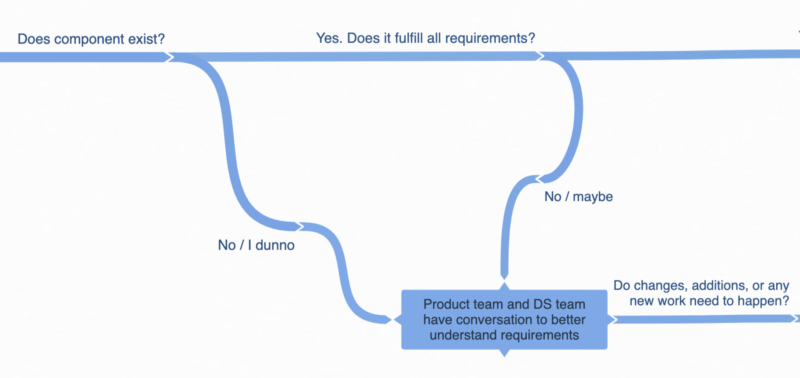Mastering Design Systems Governance: A Blueprint for Success
In the fast-paced realm of digital design, the implementation of a robust design systems governance model is non-negotiable. As the backbone of consistent and scalable user experiences, a well-crafted governance process ensures the longevity, coherence, and collaborative success of design systems. In this article, we will delve into the essential elements and best practices to create an effective governance model for your design system.
Understanding Design Systems Governance
Defining Design Systems Governance
At its core, design systems governance refers to the set of rules, processes, and guidelines that oversee the creation, maintenance, and evolution of design systems. It is the invisible force that ensures alignment, consistency, and collaboration across design teams and projects.
The Pillars of Effective Governance
Successful governance hinges on a few key pillars:
- Roles and Responsibilities: Clearly define the roles and responsibilities of individuals involved in the design system, from creators to maintainers.
- Versioning Strategies: Establish versioning protocols to manage changes systematically, allowing for progression without disrupting existing workflows.
- Documentation Excellence: Comprehensive and accessible documentation is the lifeblood of a well-governed design system. It serves as the shared knowledge base for all stakeholders.
- Communication Channels: Implement effective communication channels to facilitate collaboration, updates, and feedback loops.
Designing Your Governance Model
Centralized Governance
In a centralized governance model, decision-making authority is concentrated within a designated team or individual. This approach ensures uniformity and consistency across projects. However, it may limit adaptability and flexibility.
Decentralized Governance
Decentralized governance distributes decision-making authority across various teams or individuals. This fosters adaptability and flexibility but requires strong communication channels to maintain coherence.
Hybrid Approaches
Many organizations opt for hybrid governance models, combining elements of both centralized and decentralized structures. This allows for a balance between standardization and adaptation, catering to the complexities of various design projects.
Best Practices for Effective Governance
Clear Documentation Standards
Documentation is the foundation of effective governance. Establish clear standards and guidelines for documenting design components, principles, and updates. This ensures a shared understanding across the organization.
Regular Audits and Updates
Regular audits are crucial for ensuring that the design system remains in compliance with established governance standards. Implement efficient strategies for updates and evolution to guarantee the longevity and relevance of the design system.
Community Involvement and Feedback Loops
Governance isn’t a solitary effort. Involve the design community in decision-making processes. Establish feedback loops to encourage continuous improvement, turning the design system into a living entity that thrives on collective insights.
Conclusion
In the dynamic landscape of digital design, a well-crafted governance model is the linchpin for success. By embracing the principles outlined here and adopting best practices, organizations can navigate the intricate realm of design systems governance with confidence.
Next Steps: Implementing Your Governance Model
For organizations ready to embark on their design systems governance journey, ample resources and tools are available. Tailor the outlined principles to your unique needs, foster a culture of continuous learning, and ensure your governance model is adaptable to the evolving world of design and technology. Happy designing!

